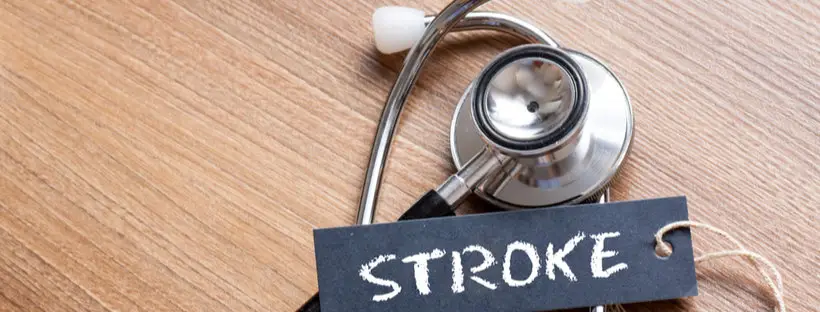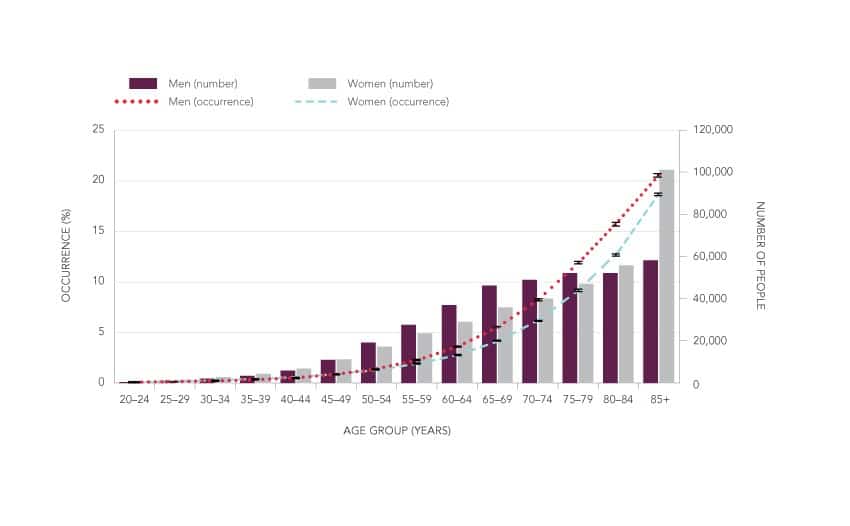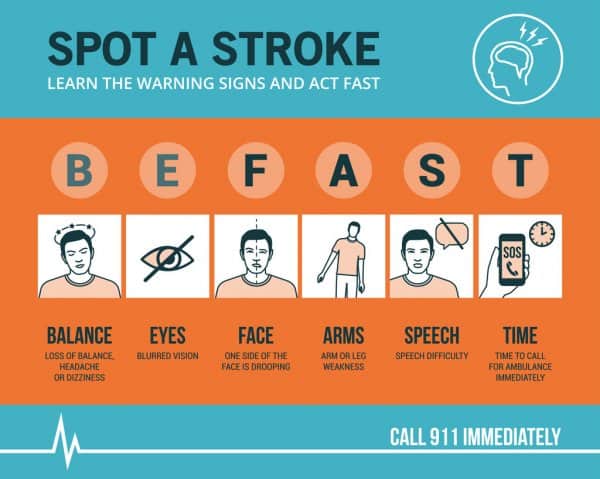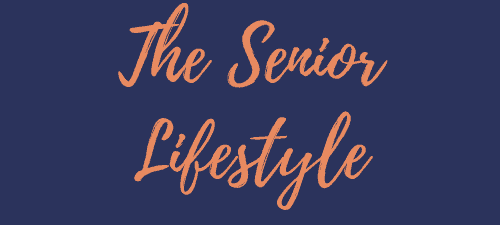
My personal experience with stroke took place in an operating theatre undergoing aneurysm surgery. While surgeons worked to wire a larger aneurysm, a second smaller one ruptured. What should have been a two-day stay in hospital stretched into 6 weeks. I was in and out of ICU with a 2-week stay in the Rehabilitation Ward. Although I had not had an actual stroke, a brain bleed qualifies and can produce the same deficits as a stroke.
What I received in that hospital, most especially in the rehabilitation ward, was an education. The importance of healthy living to avoid stroke was made abundantly clear.
What is Stroke?
The Heart and Stroke Foundation of Canada defines it this way: “A stroke happens when blood stops flowing to any part of your brain, damaging brain cells. The effects of a stroke depend on the part of the brain that was damaged and the amount of damage done.”
There are 2 types of stroke:
- Ischemic: Most strokes are Ischemic. Blood flow through an artery to the brain is blocked by a blood clot.
Hemorrhagic: basically arterial bleeding into the brain or an arterial rupture. High blood pressure or brain aneurysms can cause an artery to burst, thus damaging brain cells.
Witnessing the Consequences Firsthand
It was in the Rehabilitation Ward that I came to realize the perils and the after-effects. Impressed on me is how mortal we are, how fragile life is, and how it can all change in an instant.
In this ward, I observed acceptance, resignation, anger, and incredible courage.
An upbeat, engaging woman who suffered a stroke alone at home was not found for hours. As a result, she had to move to long-term care because she would never walk again. A man who could not swallow properly as a result of his stroke, was barely audible because he was vocally impacted. He was now wheelchair-bound as well.
A male patient in the next room would holler at the top of his lungs: “NN…UUUURSE!” when needing attention. My empathy for the nurses shifted to him when I realized he most probably could not reach his call button or press it, the result of his condition.
Life can change quickly. Once mobile, you can no longer walk. Once independent, you can no longer work or live alone. Once happily married, your partner cannot cope with your physical deficits and you must move to long-term care.
Imagine the shock of realizing that a stroke has changed your life forever. You cannot walk. You may be paralyzed. You struggle with cognitive issues. You lose your voice. Options you once took for granted, are now gone…some forever.
No Respecter of Age
We hear about the hazards of stroke but until you are up close and witnessing the consequences, most people have no idea how serious and life-altering it can be. After my discharge from the hospital, I had a follow-up with the head neurologist. He told me that one in ten people admitted to this neuro center do not survive.
Women suffer stroke more often than men and die more frequently, the result of their increased longevity. Every 17 minutes a Canadian woman has a stroke = 85 women per day of which 18 will succumb and die. Strokes are the #1 disabler for women and are twice as likely to kill than breast cancer. 1/3 more women die of them than do men in Canada: 59% vs 41% male fatalities. And twice as many women end up in long-term care than do men.
Age is no barrier. One in 7 strokes involves adolescents and young adults age 15-49 where high blood pressure and diabetes are contributing factors.
How Common is it?
10% of adults aged 65+ have experienced a stroke.
ontariostrokenetwork.ca cites these stats:
“Every year, nearly 14,000 Canadians die from stroke. Every year in Canada, there are over 50,000 new strokes—that’s one stroke every 10 minutes. About 300,000 Canadians are living with the effects of stroke.”
The NIH remarks that stroke is a leading cause of death and disability in the US and cites these stats: “Each year, about 795,000 people in the United States have strokes, and of these incidents, 137,000 of the people die. About 610,000 of these cases are first strokes, and 185,000 people who survive a stroke will have another stroke within 5 years.”
From the Heart and Stroke Foundation of Canada comes this chart illustrating how the risk of stroke increases with age:

I never witnessed any patient weeping or complaining about their condition. But I did see a lot of courage, determination, and compassion. One couple, in particular, impressed me with their daily dedication to rehabilitation. The husband was recovering from a stroke which had left him unable to walk.
Unfailingly this man’s wife and daughter were there for him every single day. They guided him to climbing stairs in rehab, holding onto the top of his pants to ensure he would not trip or fall. They accompanied him on slow walks through hospital corridors. And after two weeks this same patient was now walking with his wife still gripping the tops of his trousers to ensure he would not fall. But then came word that he would have to move to long-term care. His physical deficits were beyond his wife’s ability to cope, thus underscoring the fact that the best treatment for stroke is prevention. 8 in 10 strokes are preventable.
How Do We Avoid Stroke?
Healthy lifestyle changes such as the following can provide some protection against becoming a victim of stroke:
- Monitor and lower your blood pressure. The ideal reading should be close to 120/80
- Reduce salt intake to no more than 6g/daily
- Try to avoid foods high in saturated and transfats
- Consume fish 3 times a week
- Endeavor to incorporate 5 servings of fruit and vegetables into your diet daily along with low-fat dairy and whole grains.
- Monitor your weight and check your waistline circumference. Where fat resides in your body determines your vulnerability to high blood pressure, high blood cholesterol, type 2 diabetes, heart disease, and stroke.
- Exercise at least 30 minutes a day every day if possible. Choose an activity you enjoy so that you will be consistent.
- Consciously reduce stress
- Quit smoking
- Reduce or eliminate alcohol consumption
Measure your waistline. Men should measure less than 40″ around and women should measure less than 35″ around.
It’s all about lifestyle, lifestyle, lifestyle because once again 8 out of 10 cases of stroke are preventable. If you feel you need to lose weight, check your BMI or Body Mass Index compliments of the CDC here:
https://www.cdc.gov/healthyweight/assessing/bmi/adult_bmi/english_bmi_calculator/bmi_calculator.html
Heredity may play some role in one’s vulnerability but lifestyle habits within a family influence healthy or unhealthy lifestyle choices. Habits follow us from childhood into adulthood – some good, some bad. But habits acquired can be changed once you educate yourself on the advantages of living a healthier lifestyle.
Time Is Of The Essence
How do you recognize when someone is having a stroke? And what about the code stroke protocol?

If you suspect a stroke, DO NOT drive yourself to a hospital. Call 911 because treatment can be initiated in the ambulance. It is critical that treatment begin as soon as possible. Early medical intervention will mitigate deficits both mental and physical.
My experience with a brain bleed is now 8 years in my rearview mirror. I still receive follow-up from a major neuro center and am eternally grateful that they saved my life. I remember those who were not so lucky and I have attempted to adopt a lifestyle that will ensure my longevity. Hopefully, I will live free from another brain aneurysm or stroke.
Will you create a healthy lifestyle in order to avoid “code stroke” which could instantly change your life, forever?
Disclaimer: You must not rely on the information on our website as an alternative to medical advice from your doctor or other professional healthcare providers
